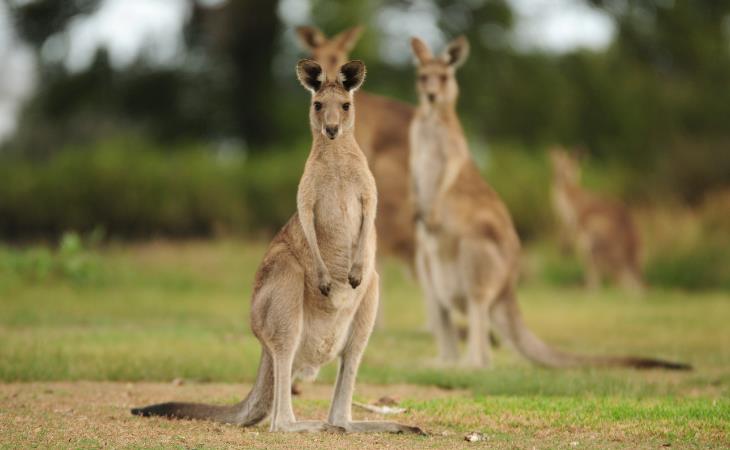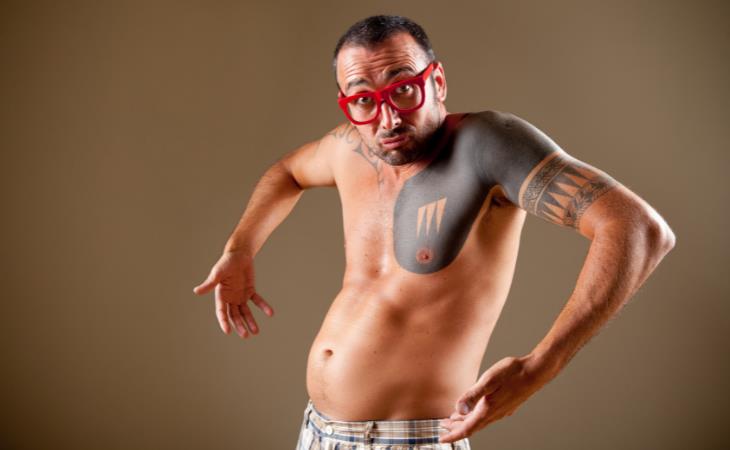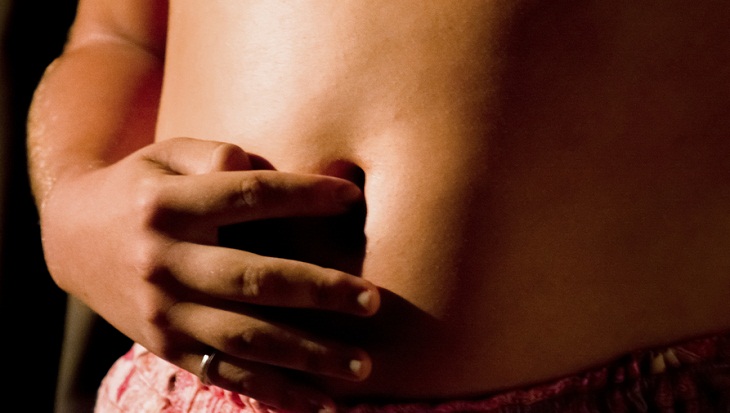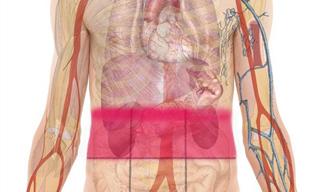When was the last time you looked at your navel? That’s a weird question, right? After all, why would one look at their navel, of all places, a body part that collects lint and harbors all kinds of bacteria? But your navel, also called the belly button, is more interesting than you realize.
Today, we will share some fascinating facts about the navel we bet you didn’t know.
Related: Are You 1 of the Few People with These Unique Body Traits?
1. They’re basically just scars

The navel marks the spot where our umbilical cord was once attached. It’s the place where the cord joined the body when you were born. When we are in the womb, the umbilical cord attaches to the navel at one end and the placenta (an organ that develops in the uterus during pregnancy) at the other. The umbilical cord provides nutrients and oxygen from the mother to the baby. When we are born and no longer need the umbilical cord, a doctor will cut it off.
Then, a little clamp is placed over the navel. The remaining umbilical stump falls off about 14-15 days after birth. What remains is your belly button.
2. Some mammals don't have a belly button

Nature can be weird. Even though biology dictates that all mammals must have a belly button. some (like kangaroos, wombats, and platypuses) don't have one. Marsupials like kangaroos and koalas incubate their young in a pouch. Their umbilical cords fall off while they’re still inside the mother’s pouch, so a scar never forms, and they never develop a belly button.
3. “Innies” vs “Outies”

Most people’s belly buttons are either an “outie” or an “innie.” Outie belly buttons look like a little knot that is sticking out, while innie belly buttons go inward and are like a little dent in your stomach. Whether your navel is an innie or outie depends on how your skin grows as it heals. Most people end up with innies. Outies tend to happen when more of the umbilical cord is left when it's cut, causing more skin left over once it dries.
4. Some humans don’t have a typical belly button
Bet that fact surprised you! And it’s true! Though almost all of us have a normal belly button, some people don’t have a typical one. Certain developmental problems of the bladder, belly wall and intestinal tract that occur inside the womb can leave a person without a typical navel. They don’t have an innie or an outie; instead, what they have is described as an “in-betweenie.”
Related: This Belly Pain Map Reveals What Causes Your Pain
5. They harbor plenty of bacteria
The fact that our belly buttons always end up dirty isn’t new information, but studies have shown that the navel can collect as many as 67 groups of bacteria or more than 2,000 types of bacteria. No need to be alarmed, though. Just make sure that you clean your belly button properly every day. Once a week, you should clean it thoroughly using warm water and mild soap. Gently clean in and around the belly button using a damp cloth, and dry off with a towel.
6. Touching your belly button may make you want to pee

When you touch your navel, you will notice you experience a strange sensation - like you have to go pee. There’s a reason for that. According to Dr. Christopher Hollingsworth of NYC Surgical Associates, touching the navel stimulates the lining of your stomach, making you think you have to urinate, even though you probably don’t. He explains that stimulating the fibers lining the inside of our abdomen sends a message to the spinal cord:
“Because your spinal cord at that level is also relaying signals from your bladder and urethra, it feels almost the same. You interpret this as discomfort in your bladder,” Hollingsworth was quoted as saying.
7. Some people fear belly buttons
Yes, indeed. Some people have an overwhelming fear of seeing or touching a belly button, whether their own or someone else’s. This type of fear is called omphalophobia, which comes from the Greek word omphalo for the navel. This phobia is believed to be associated with umbilical cords and wombs. It can also stem from the childhood fear that a belly button will suddenly become undone, causing our guts to spill out. Yikes!
8. Navel lint is mostly blue… and gross
The lint in our belly button is composed of fabric fibers that are shed from our garments, along with dead skin cells and body hair. Since men typically have more hairs around that area, they have more lint in the navel. Belly button lint is also quite gross. According to a 2018 study published in Scientific Reports, abdominal hair steers the lint into our navel throughout the day.
Also, navel lint is mostly blue. Why so? Because blue is the most common clothing color and many people regularly wear jeans.
Related: 8 Body Parts We All Forget to Wash Often Enough
9. The belly button is an erogenous zone

It may just be a scar, but the belly button is an erogenous zone. The area has many nerve endings, making it sensitive and ticklish, and can therefore send intimate tingles up your spine.
Psychologist Leon F. Seltzer believes the navel is the least publicized erogenous zone: "From a heterosexual man's point of view, seeing the exposed navel and surrounding area can be very attractive. It accentuates a woman's waistline, her curves, and brings out the beauty and fertility of a woman's body,” he writes to Psychology Today. The psychologist adds that simply viewing the belly button area can be a sexual trigger.
10. Pregnancy can change innies to outies

During pregnancy, a woman’s belly expands to accommodate a growing fetus. The expanding abdomen of pregnancy can pop an innie belly button out, causing it to become an outie. This usually happens during the second or third trimester and is perfectly normal, reports the Cleveland Clinic. After delivery, most women can expect their navel to return to its typical shape.
Share this post with friends and family...
 Go to BabaMail
Go to BabaMail





























